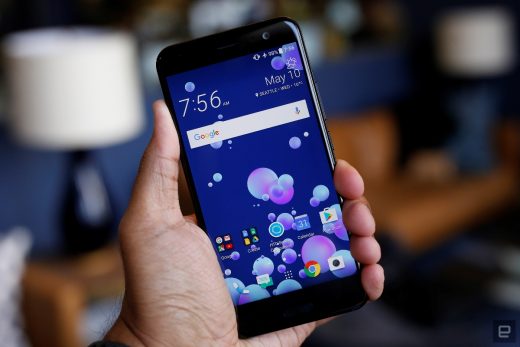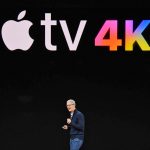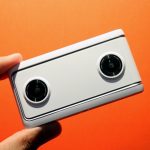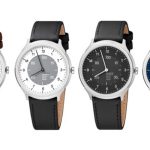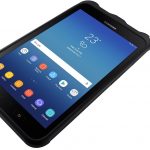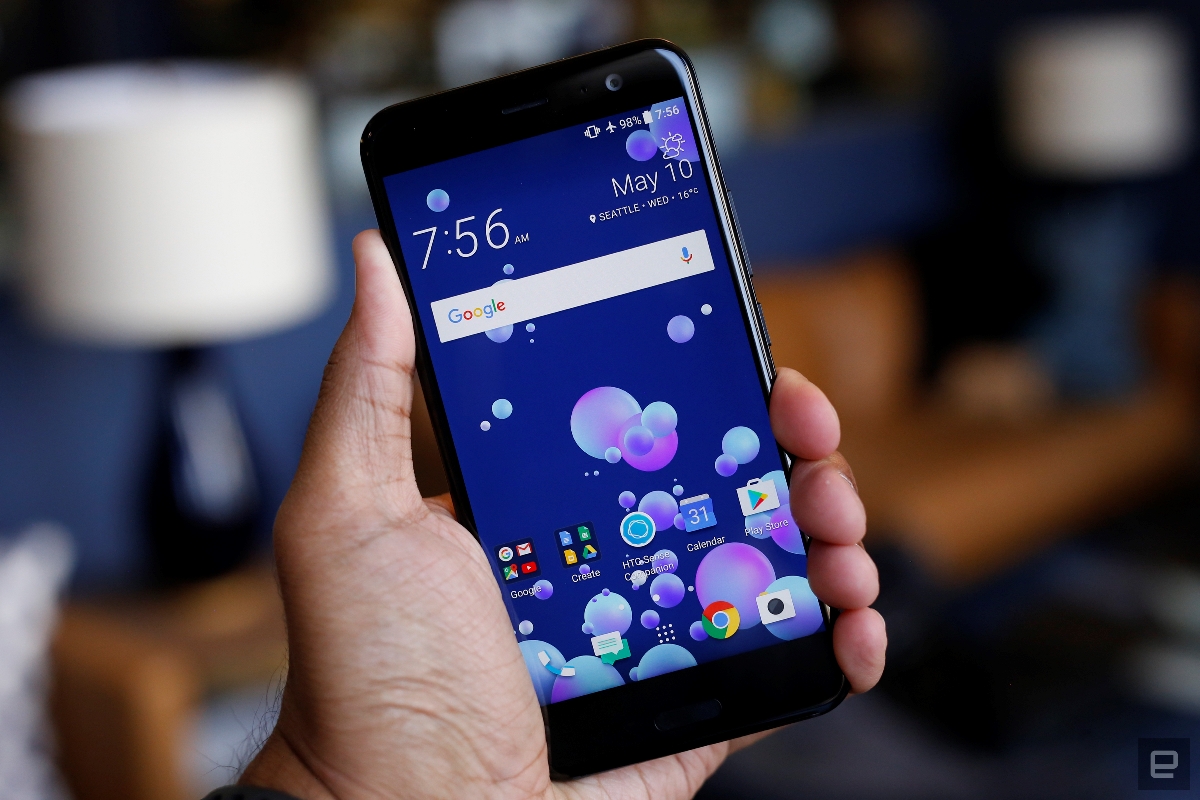HTC’s squeezable U11 is its true 2017 flagship phone
It’s a little unusual to get another flagship phone so soon, but that’s mostly because HTC never really looked at the U Ultra as one. Instead, the first two U-series phones were meant to introduce the sleek, glossy glass design that will permeate the rest of the company’s product line soon enough. That’s why the U11 has the (terrible) name it has — the company wanted to make crystal clear that this is the HTC 10’s true successor. And unlike the U Ultra, the U11 seems properly equipped to compete with the rest of this year’s premium smartphones.

HTC’s new flagship comes with a 5.5-inch, 2K LCD covered by a curved slab of Gorilla Glass 5, not to mention a USB-C port, an octa-core Snapdragon 835 chipset, 4GB of RAM, and 64GB of storage. Well, in the US, anyway. A global model will feature 6GB of RAM and 128GB of storage for markets where top-tier specs are synonymous with quality and clout.
Moving on, there’s a 3,000mAh battery tucked away inside the U11’s comfortable, curvy frame. While we’ll always pine for more power, the size of the cell is in line with those in devices like the Galaxy S8. We played with a few non-final models, and they seemed remarkably fast (thanks in part to the usual, scaled-back interface running atop Android 7.0 Nougat) like the rest of the flagship phones we’ve tested this year. The U11’s elegant looks (achieved by blending a metal frame with lots of polished glass) help it stand out from the crowd, and the body is IP67 water and dust-resistant to boot. There’s a 12-megapixel camera around the back with quick dual-pixel focusing and an f/1.7 aperture, while a 16-megapixel camera lives above the display.
But this is all table stakes for a modern, high-end smartphone. With the U11, the real magic starts when you turn up the pressure.
The U11’s hallmark feature is Edge Sense, which relies on pressure sensors embedded in the phone’s sides. They can detect minute changes in how firmly you grip your phone, and — more importantly — can be used to trigger shortcuts and app actions. Let’s say you’re wearing gloves and feel the sudden, overbearing urge to take a selfie. You could give the U11 a quick squeeze to launch the camera, and another to snap a photo. With the “advanced” mode enabled, you can even set up different shortcuts for quick squeezes and longer squeeze-and-holds.
Having the pressure-sensitive equivalent of some convenience keys is neat, but after seeing more nuanced controls in the HTC Ocean videos leaked a while back, we’re left with three words: “Is this it?” Don’t get us wrong: the pressure sensing worked well enough, but we’re not sold on its utility just yet.
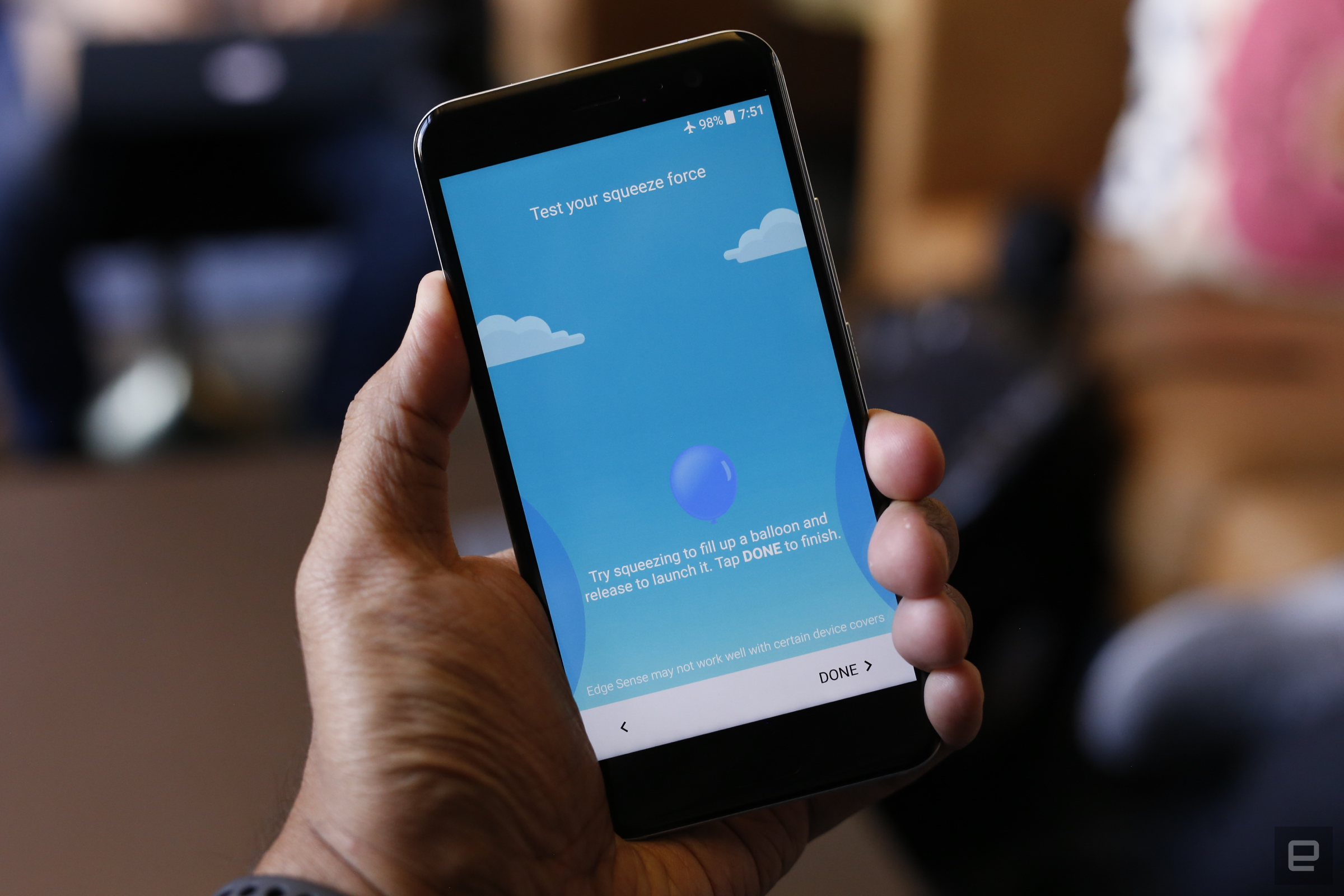
HTC is also working on what could generously be described as “AI overload.” Check it out: the U11 will ship with Google’s Assistant onboard, and will get Alexa via software update shortly after launch. HTC says that, thanks to the Snapdragon 835, the U11 can listen for and respond to different wake words — that is, it should never confuse an “OK, Google” with a question for Alexa. Even better, you won’t need an app running in the foreground like you did with the Alexa experiece on Huawei’s Mate 9. We don’t know when Motorola’s Alexa efforts will be revealed, but it seems like Alexa on the U11 is the version to beat.
Beyond those two, the U11 will also come with HTC’s own Sense Assistant, which is meant to chew on your schedule and behavior to offer suggestions like when to bring an umbrella to work. Yeah, that’s right: the U11 can have up to three virtual assistants working at the same time. We weren’t kidding about overload.
For some, though, the U11’s audio chops might be the game-changer. There’s more space inside the phone for a speaker chamber, which makes audio sound far louder and richer than on the HTC 10. (In fact, HTC product planning AVP Nigel Newby-House cranked up the U11’s volume all the way outside a crowded conference room in our office, and the people inside were getting noticeably pissed by the din.)
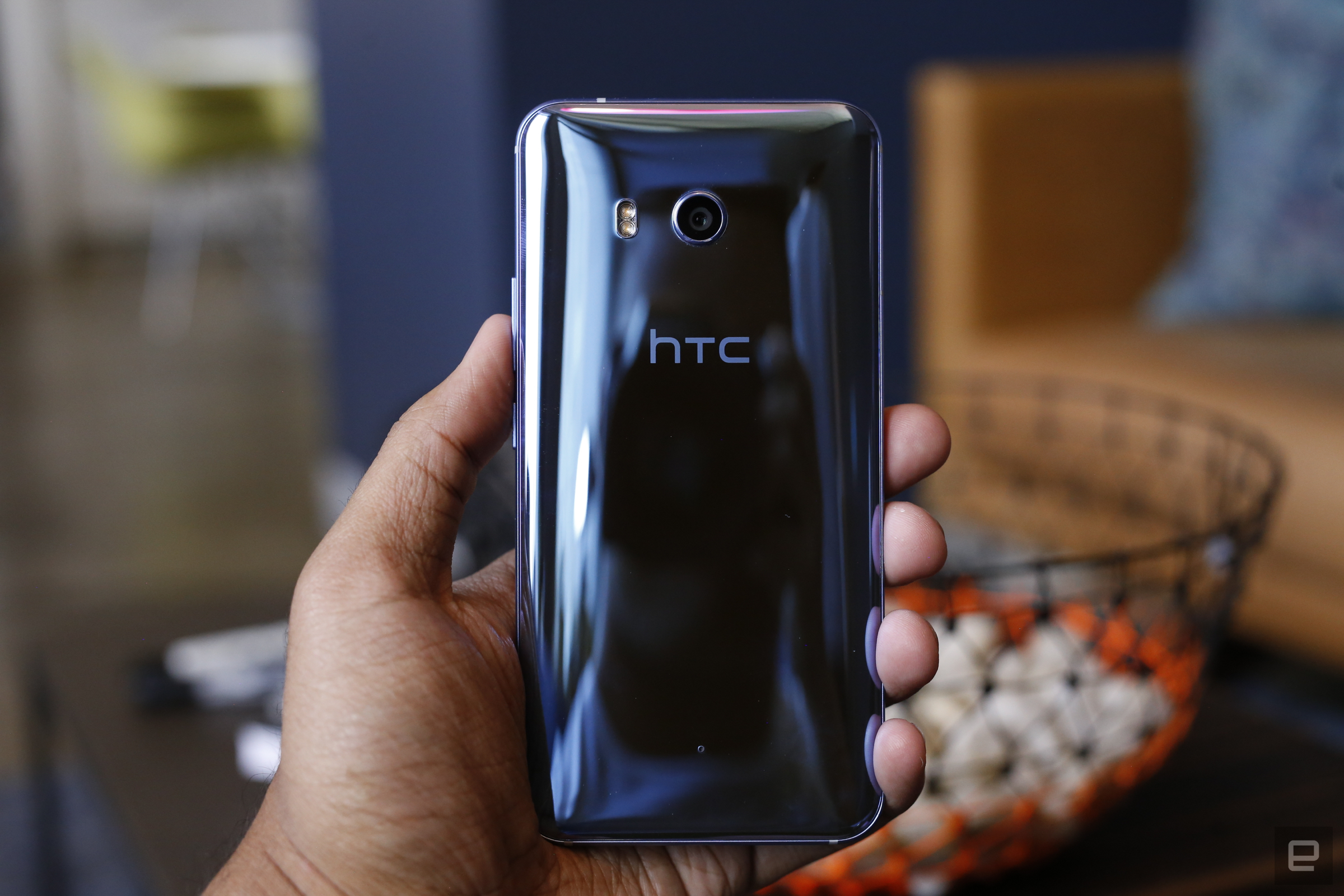
And while there’s no headphone jack, at least HTC is using Type-C to add to the audio experience. Remember how the U Ultra’s USonic earbuds used a sonar-like pulse to intepret the contours of your ear and tune your tunes accordingly? The U11’s earbuds do that too, but they also pack-in active noise cancellation without the need for bulky battery module. They draw power from your phone’s battery, which is both good and bad: you’ll never have to remember to charge your headphones before a flight, but you can bet it’ll impact your battery life somewhat.
We’ll withhold our judgment on the U11 until we’ve played with final US units, but we’re cautiously optimistic about this thing’s chances. The fact that it has a competitive set of guts is reassuring, especially when these slices of silicon are potent enough to deliver near-seamless performance. Still, when the marquee feature — that pressure-sensing business — seems to boil down into a minor convenience, we have to wonder if HTC’s focus on thoughtful, clever features is starting to waver.
(49)

